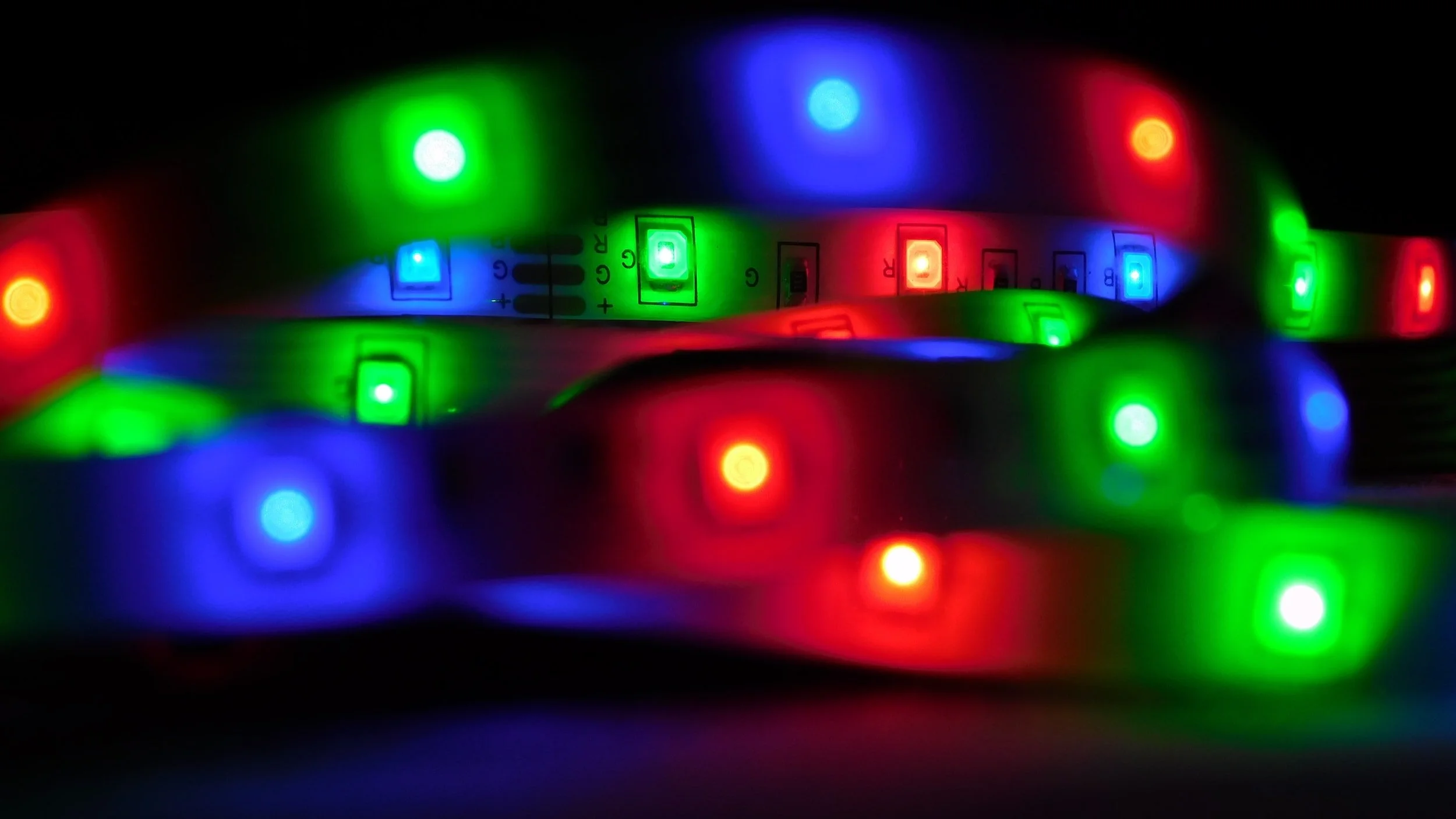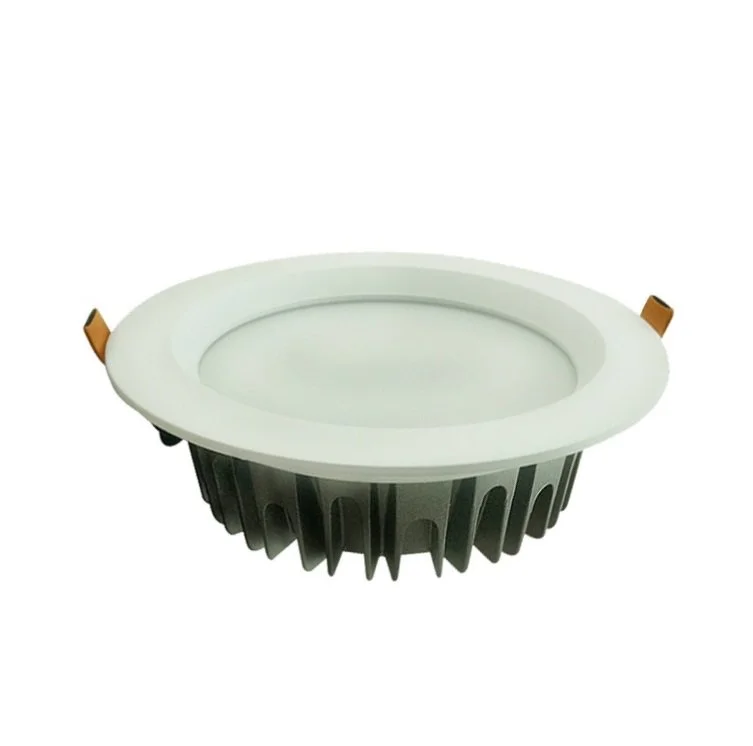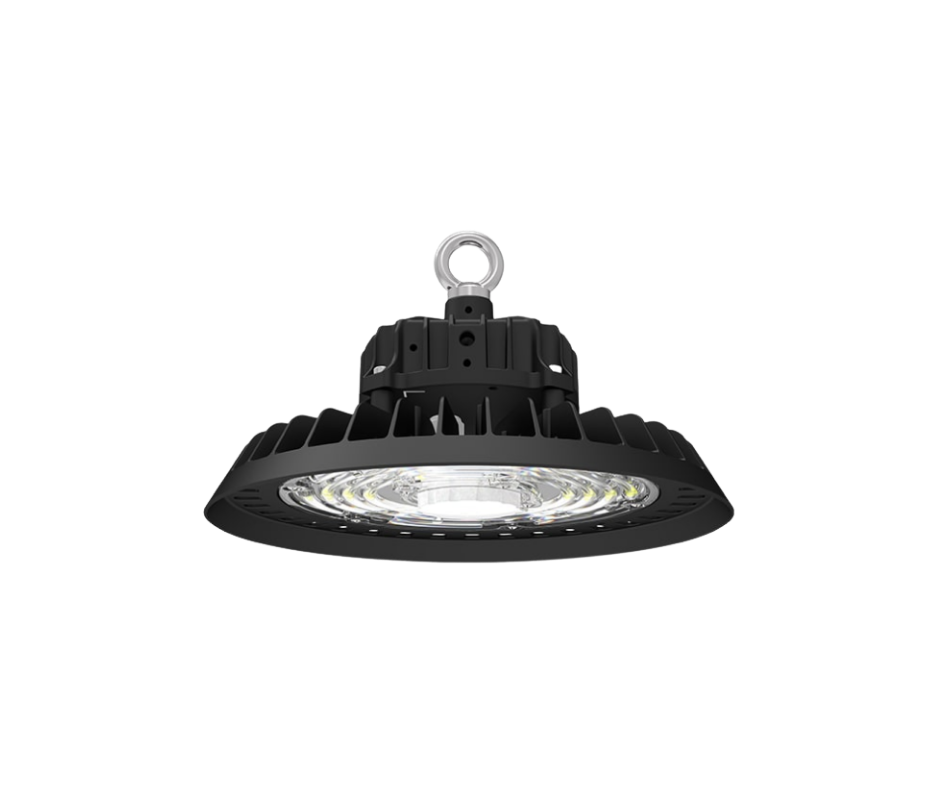
What you need to know about LED..
The History of LED
Russian inventor Oleg Losev reported creation of the first LED in 1927. His research was distributed in Soviet, German and British scientific journals, but no practical use was made of the discovery for several decades.
In 1993, Shuji Nakamura created the first high-brightness blue LED, making it possible to produce any RGB colour.
This was followed by the development of Phosphor White LEDs in 1996, which combined a blue or ultraviolet LED with a phosphor coating that produced white light.
By 2005 LEDs began competing with conventional light sources in general illumination applications.
Low Energy Designs Ltd was created and registered in late 2007. We were one of the first companies in the UK to manufacture LED lighting.
10 Basics of LED
1. LED stands for Light Emitting Diode.
2. An LED is a type of diode that turns electrical energy into light.
3. LEDs have the best efficacy out of all other light sources (Lumens/Watt).
4. LEDs use no gas or filament unlike conventional sources.
5. LEDs can create a variety of RGB colours and colour temperatures (Kelvins).
6. LED brightness is measured in Lumens - A Lumen is a scientific unit measuring luminous flux or the total amount of visible light from a source.
7. LEDs can provide directional light using optics and lenses, meaning no light is wasted. We stock various optics and lenses to suit a variety of applications.
8. The LEDs we use in our products are mounted to a Metal Core Printed Circuit Board (MCPCB). These boards are insulated and contain conductive tracks for easy circuit connections.
9. An LED Driver is an electrical device that regulates the power to an LED board or strip.
10. An LED driver responds to the changing needs of the LED by supplying a constant amount of power to the LED as its electrical properties change with the temperature.
10 Advantages of LED
1. Efficiency - LEDs emit more lumens per watt than incandescent light bulbs. Typically, our customers see an average of 70% energy savings when compared to halogen or fluorescent.
2. Lifetime - LEDs can have a relatively long useful life. The lifetime of our products range from 50,000 to +60,000hrs - that’s over 6.5 years.
3. Switch on time - LEDs light up extremely quickly. Our products provide instant light on start up.
4. Cycling - LEDs are ideal for applications subject to frequent on-off switching, unlike incandescent and fluorescent lamps that fail faster when cycled often, or high-intensity discharge lamps that require a long time before restarting.
5. Dimming - LEDs can easily be dimmed to provide the required light output. You can dim all of our lights by DALI, intelligent sensors, wall switches and controllers.
6. Cool light - In contrast to most light sources, LEDs radiate very little heat. Wasted energy is dispersed as heat through the base of the LED.
7. Direction - LEDs can provide directional light using optics and lenses, reducing light waste. We stock various optics and lenses to suit a variety of applications.
8. Colour - LEDs can emit light of an intended colour without using any colour filters as traditional lighting methods need.
9. Shock resistance - LEDs, being solid-state components, are difficult to damage with external shock, unlike fluorescent and incandescent bulbs, which are fragile.
10. Slow failure - LEDs mainly fail by dimming over time, rather than the abrupt failure of incandescent bulbs. We offer a 5 year warranty on all of our products, with a 7 year warranty for selected products.
We manufacturer the best LED products, using the highest quality components to ensure the product reaches or exceeds its lifetime.
Working with us, the right supplier will ensure you get a solution that is tailored to maximising your savings whilst providing you with the most efficient and effective LED lighting solutions.
Contact us today to start your journey into LED. sales@lowenergydesigns.com | 01258 858171







